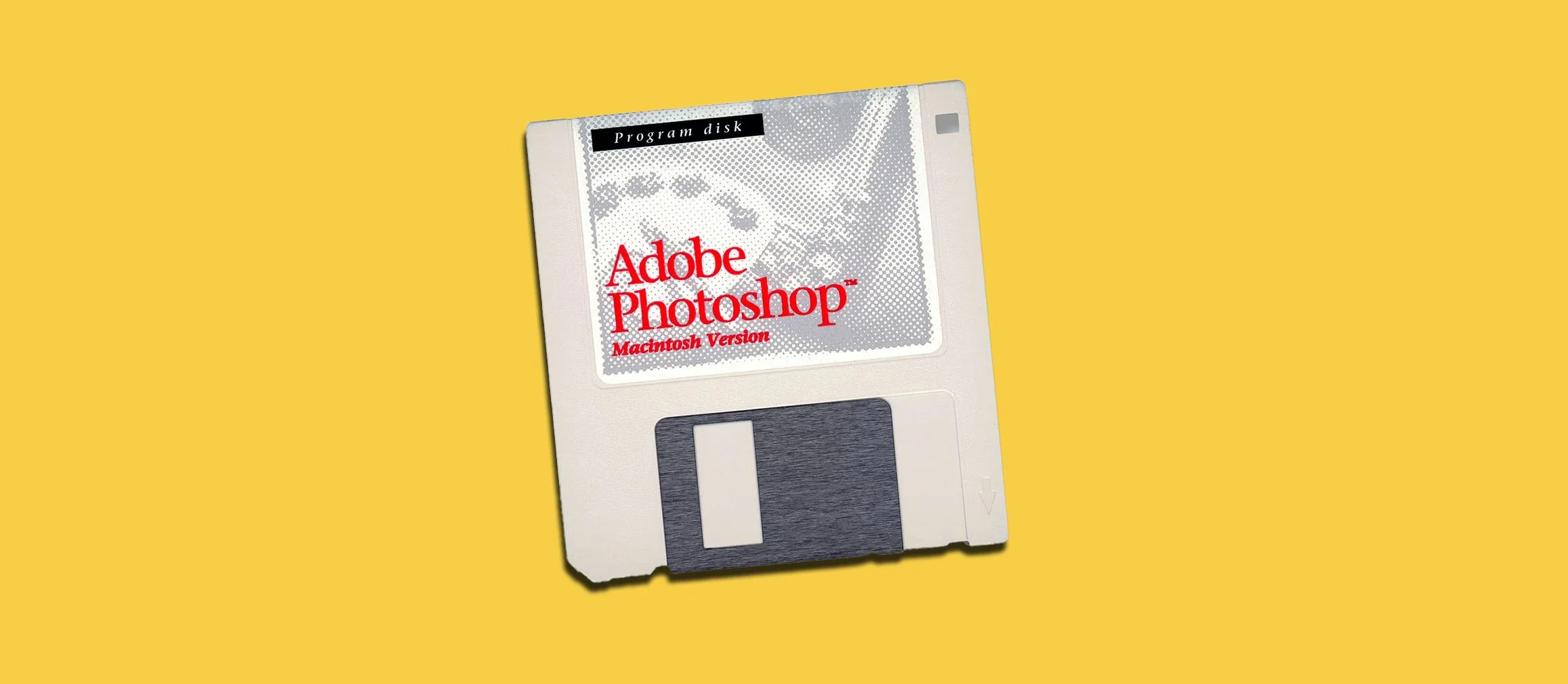Thirty Five
Photoshop’s journey over the past 35 years is nothing short of remarkable. What began as a side project between brothers Thomas and John Knoll has evolved into an indispensable tool that has transformed the creative landscape. In its early days, a PhD student’s project to visualize grayscale images laid the groundwork for what would soon become a revolution in digital imaging. With the keen eye of John Knoll, who saw potential in this nascent technology during his time at Industrial Light & Magic, the software quickly grew beyond its original intentions and was eventually rebranded as Photoshop after Adobe acquired the rights.
The transformation of Photoshop from a simple image editor into an industry-standard tool mirrors the evolution of digital art itself. Early versions of the software introduced fundamental features that set the stage for non-destructive editing. As Photoshop advanced, it introduced innovative tools that would forever change the way designers, photographers, and artists approached their craft. The addition of layers in the mid-90s allowed users to combine multiple image elements with unprecedented flexibility, marking a turning point in digital image composition. Over time, Photoshop integrated more sophisticated features such as adjustment layers and the history panel, which provided creatives with greater control over their work and paved the way for modern editing workflows.
As digital photography surged in popularity, Photoshop quickly became the go-to tool for retouching and compositing images. Innovations like the Healing Brush and later, Content-Aware Fill, empowered users to manipulate photographs with a level of precision that was previously unimaginable. These tools made it possible to seamlessly remove imperfections or even entirely change the narrative of a scene with a few simple clicks. Adobe’s decision to move to a subscription-based model with Creative Cloud further democratized access to these powerful tools, ensuring that professionals and enthusiasts alike could keep pace with the rapid advancements in technology.
In recent years, Photoshop has embraced the wave of artificial intelligence, integrating AI-driven features that streamline workflows and enhance creative expression. Neural filters, automatic subject selection, and generative fill have not only improved efficiency but have also opened new avenues for creativity. This blend of traditional image manipulation with cutting-edge AI capabilities represents the future of design, where automation supports human creativity rather than replacing it.
The influence of Photoshop extends far beyond mere image editing. It has become a cultural cornerstone in graphic design, branding, and fine art. From crafting iconic logos to producing compelling visual narratives, Photoshop has continuously adapted to the changing demands of the creative industries. Even as new tools emerge in the realms of UI/UX design, digital illustration, and multimedia production, Photoshop remains the backbone of digital creativity, a testament to its enduring relevance and adaptability.
Reflecting on these 35 years, one can see how Photoshop has not only shaped the trajectory of digital art and design but has also left an indelible mark on countless careers and creative endeavors. Its evolution is a story of constant innovation and reinvention, embodying the spirit of creativity and the relentless pursuit of artistic excellence. As the future unfolds, Photoshop promises to remain a powerful ally in the ever-changing world of digital art, continually redefining the boundaries of what is possible.
